Abstract
Aims: To determine the efficacy of topical Silver Diamine fluoride (SDF) on the reduction of pain due to hypersensitive cervical dentinal lesions. Settings and Design:A parallel arm split mouth randomised controlled trial was done among 30 residents, aged 20-60 years living in Bangalore City. Methods and Material: 60 teeth were randomly assigned using a split mouth technique to Group 1 (n=30, Experimental group using Topical SDF) and Group 2 (n=30, Control group). Visual Analogue Scale (VAS) was used to measure the pain due to cervical hypersensitivity at baseline, after 24 hours and after 7 days. Comparison of the mean VAS scores was done by using Wilcoxon sign test between the groups and within the group (test and control) at different time intervals using repeated measures ANOVA followed by Post-hoc Bonferroni. Results: There was a statistically significant reduction (p<0.05) in VAS scores in the experimental group after the application of SDF at baseline, 24 hours and 7 days when compared to the control group. Conclusions:The present study shows, SDF to be safe and an effective tooth desensitiser among the patients with cervical dentine hypersensitivity.
Introduction
Dental hypersensitivity (DH) can cause pain among people of various age groups with cervical dentinal lesions. It is clinically described as an exaggerated response to application of a stimulus to exposed dentine, regardless of its location. True hypersensitivity can develop due to pulpal inflammation and can present the clinical features of irreversible pulpitis, i.e., severe and persistent pain, as compared with typical short sharp pain of DH. Various desensitising agents are used for the management of DH. In this study, topical silver diamine fluoride (SDF) has been tested for its action as an effective desensitising agent.
Subjects and Methods:
About 160 candidates were screened from September to November 2019. The present study was a parallel arm split mouth randomised controlled trial. Ethical clearance for the present study was obtained from Institutional Ethical Committee of the institutional review board of Bangalore Institute of Dental Sciences, Bangalore.
The study was conducted in two residential homes in Bangalore City, an official permission was obtained from the Institution. 30 participants (age group 20 to 60 years) were included in the study. Written consent was taken from the participants. Personal details were obtained using a specially prepared questionnaire.
A total of 60 teeth (30 participants) with each participant having two non-carious cervical lesion of which each tooth, was allotted to two groups using a split-mouth model by lottery method. The teeth were grouped into SDF (Group 1) and Distilled water (Group 2). Evaporative stimuli was checked by one-second blast of air from the three way syringe the sensitivity was recorded using Visual Analogue Scale (VAS) scale at baseline.
The teeth were air dried and isolated by cotton pellets and suction. Both the agents were applied according to the grouping. The patients were instructed to avoid eating/ drinking for 2 hours and avoid brushing for 12 hours. This was a double-blind study. All the subjects were examined post intervention, at one day, and after seven days by recording visual analogue scale for assessing tooth sensitivity using the evaporative stimuli by the principle investigator.




Results
The total number of participants for the study was 30 with the age ranging from 26-76 years, the mean age of the participants was 63.80±11.22 (Table 1)
TABLE 1: MEAN AGE DISTRIBUTION OF THE SUBJECTS

The male to female ratio was 1:2 (Table 2)
TABLE 2: DISTRIBUTION OF THE SUBJECTS BASED ON GENDER

The VAS was used to measure the pain due to cervical hypersensitivity at baseline, after 24 hours and after 7 days. Comparison of the mean VAS scores was done by using Wilcoxon sign test between the groups. The baselines mean VAS score was same for the test group (6.77±. 898) and control group (6.70±1.208). The mean VAS score for the test group post intervention (3.73±0.868) was reduced from the baseline mean VAS score but found to be highly statistically significant from the mean VAS score of the control group post intervention (6.00±1.259). The mean VAS score for the test group after 24 hours (3.80±0.610) had a slight increase in VAS score compared to post intervention but was found to be highly statistically significant from the mean VAS score of the control group after 24 hours (6.53±1.252) of intervention.The mean VAS score for the test group after 7 days (4.00±0525) was slightly higher than post intervention and 24 hours of intervention but was found to be highly statistically significant from the mean VAS score of the control group after 7 days (6.67±1.213). (Table 3)
TABLE 3: COMPARISON OF THE MEAN VAS SCORES USING WILCOXON SIGN TEST BETWEEN THE GROUPS

*significant
The consecutive VAS scores post intervention, 24 hours and 7 days were found to be highly statistically significant between the test and control group (p≤0.01). (Figure 1)
Figure 1: COMPARISON OF THE MEAN VAS SCORES BETWEEN THE GROUPS

The mean VAS score was found to be highly statistically significant when compared within the groups for both test and control group (p≤0.01) at different time intervals using repeated measures ANOVA. (Table 4) Since an overall statistically significant difference was found in group means a post hoc Bonferroni tests was run to confirm where the differences occurred between groups.
TABLE 4: COMPARISON OF THE MEAN VAS SCORES WITHIN THE GROUP (TEST AND CONTROL) AT DIFFERENT TIME INTERVALS USING REPEATED MEASURES ANOVA

*significant
The Post-Hoc Bonferroni analysis showed a highly statistically significant difference between the mean VAS score of the pre and post intervention in both the test group (p ≤ 0.001) and control group (p ≤ 0.01). There was a high statistical significance between the baseline mean VAS score and mean VAS score from 24 hours of intervention and 7 days of intervention in the test group (p≤0.01). But there was no statistical significance when compared with the baseline mean VAS score and after 24 hours and 7 days of intervention of the Control group.
There was no significance between the mean VAS score of post intervention and 24 hours and Seven days of intervention in the test group but a high statistical significance was found between the mean VAS score of post intervention and 24 hours and 7 days of intervention in the control group. In both the groups there was no statistical difference between the mean VAS score among 24 hours and Seven days of intervention. (Table 5)
TABLE 5: POST-HOC BONFERRONI

*Significant
The result shows that SDF reduces tooth hypersensitivity for a prolonged period of 7 days without reapplication. Further studies have to be done to evaluate for its long-term effects.
Discussion
Management of painful dental problems such as dental hypersensitivity has been very difficult for many years and this has created a major problem.
According to Landry and Voyer et al, there is no ideal desensitizing agent, and any treatment for dentin hypersensitivity should satisfy the following parameters proposed by Grossman (1934).
A total of 60 teeth (30 participants) with each participant having two non-carious cervical lesion participated in the present study which in accordance to study conducted by J. L. Castillo et al in 2011. [5]
It demonstrated a considerable reduction in sensitivity and showed that topical SDF was effective than the placebo in reducing tooth hypersensitivity. [5] VAS has been reported to be the most appropriate method to diagnose pain levels as it allows for the translation of subjective feedback into objective data. [6]
Follow up was conducted four times, specifically for initial data recording (baseline), immediately after the application, 24 hours after post application, and 7 days after post application. [3]
There are a number of constituents in the SDF preparation which contributed to the significant reduction in dentine hypersensitivity observed in present study. Silver ions present in SDF have a long history of use as a dentine desensitizing agent which could be due to precipitation of proteins into the dentinal tubules. Fluoride ions can react with free calcium ions to form deposits of calcium fluoride that can block dentinal tubules. [2] SDF was an effective and safe tooth desensitizer during this study period. Further studies are required to establish the effectiveness of SDF in comparison with other desensitizers over long time period. [5]
Limitations
Limitations of the study include small sample size, host response bias and limited duration of follow-up. Therefore, studies with larger samples, longer time periods, and long follow-up will help to establish the hypothesis about efficacy of SDF.
The present study showed significant reduction in tooth hypersensitivity within 24 hours that were maintained for 7 days but we did not use ice as a stimulus to measure the pain. Any unintended irritation resulting from the treatment was transient and minor. [5]
Conclusion
In the present study we could conclude that silver diamine fluoride is an effective and safe tooth desensitizer which requires minimal clinical time and technique.
References
- Pathan AB, Bolla N, Kavuri SR, Sunil CR, Damaraju B, Pattan SK. Ability of three desensitizing agents in dentinal tubule obliteration and durability: An in vitrostudy. J Conserv Dent 2016;19:31-6.
- GG Craig, GM Knight, JM McIntyre. Clinical evaluation of diamine silver fluoride/ potassium iodide as a dentine desensitizing agent. A pilot study. Aus Dent Jour 2012; 57: 308–311
- N. Permata, A Rahardjo, M. Adiatman, and Samnieng P. Efficacy of silver diamine fluoride and combination with CO2 laser in reducing dentin hypersensitivity. Journal of Physics: Conference 2018
- Mei ML, Lo EC, Chu CH. Clinical Use of Silver Diamine Fluoride in Dental Treatment. Compend Contin Educ Dent. 2016;37(2):93-quiz100.
- J. L. Castillo, S. Rivera1, T. Aparicio, R. Lazo1, T.-C. Aw, L. L. Mancl4, and P. Milgrom. The Short-term Effects of Diammine Silver Fluoride on Tooth Sensitivity: a Randomized Controlled Trial. J. Dent Res 2011; 90(2):203-208!17
- Ravishankar P, Viswanath V, Archana D, Keerthi V, Dhanapal S, Lavanya Priya KP. The effect of three desensitizing agents on dentin hypersensitivity: A randomized, split-mouth clinical trial. Indian J. Dent Res 2018;29:51-55.
- Shalin Shah, Vijay Bhaskar, Karthik Venkatraghavan, Prashant Choudhary, Ganesh M., Krishna Trivedi. Silver Diamine Fluoride: A Review and Current Applications. Jour of Adv Oral Res 2014; 5(1): 25-35
- Svante Twetman. “The evidence base for professional and self-care prevention erosion and sensitivity”. BMC Oral Health 2015, 15(Suppl 1):S4
- Trowbridge HO. Mechanism of pain induction in hypersensitive teeth. In: Rowe NH, editor. Hypersensitive dentine: Origin and management. Ann Arbor, USA: University of Michigan; 1985. pp. 1–10.
- Miglani S, Aggarwal V, Ahuja B. Dentin hypersensitivity: Recent trends in management. J Conserv Dent. 2010;13(4):218-224. doi:10.4103/0972-0707.73385

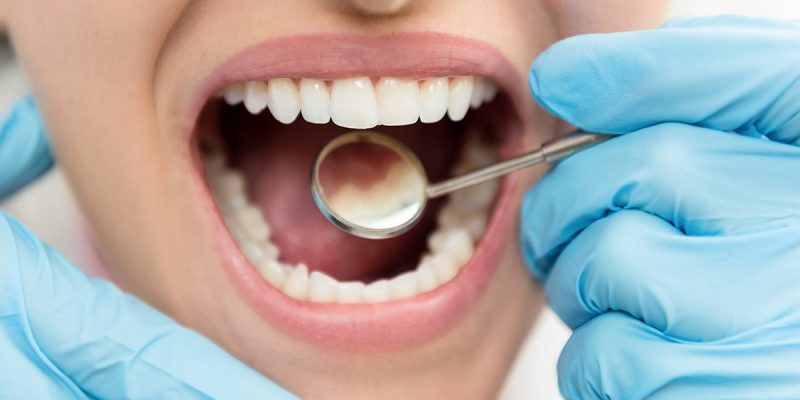



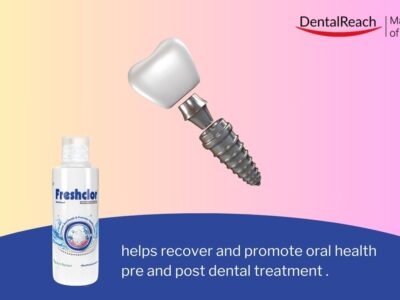
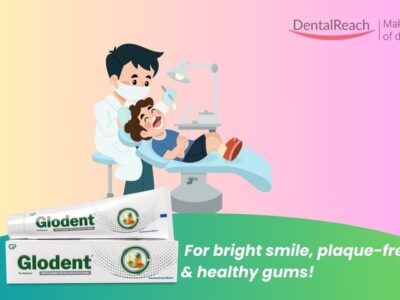

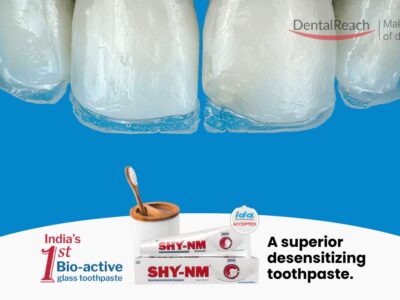
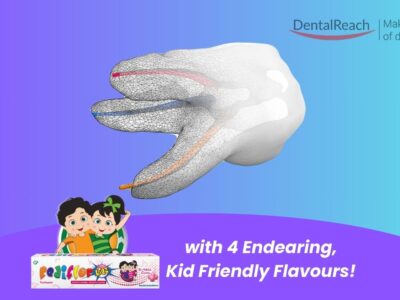










Comments